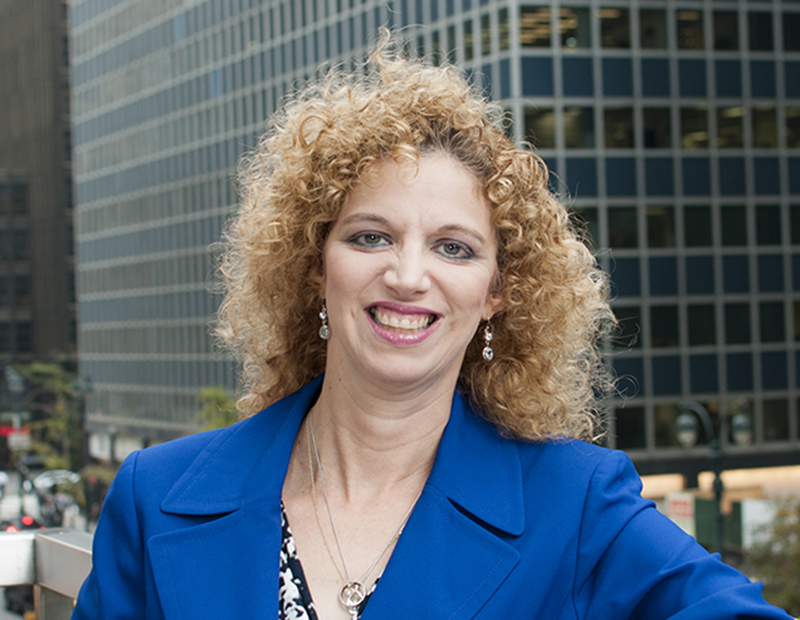A $50 Million Make Over for Dilworth Plaza
By Veronica Grecu, Associate Editor City officials gathered earlier this week to celebrate the start of renovations at Dilworth Plaza, now known as the hot spot of the Occupy Philadelphia movement. Located on the west side of City Hall, Dilworth Plaza’s [...]
By Veronica Grecu, Associate Editor
 City officials gathered earlier this week to celebrate the start of renovations at Dilworth Plaza, now known as the hot spot of the Occupy Philadelphia movement. Located on the west side of City Hall, Dilworth Plaza’s history goes back to the 1600s when William Penn created the Center Square, Philadelphia’s cultural and commercial hub. Much later, in the mid-1970s, Dilworth Plaza was reimagined as a 2.8-acre urban renewal project at the intersection of the Benjamin Franklin Parkway and the Avenue of the Arts. Sitting above multiple layers of SEPTA infrastructure serving more than 300,000 commuters a day, the unattractive, labyrinth-like Dilworth Plaza has become in recent years a shelter for the homeless, a far cry from the envisaged active public plaza.
City officials gathered earlier this week to celebrate the start of renovations at Dilworth Plaza, now known as the hot spot of the Occupy Philadelphia movement. Located on the west side of City Hall, Dilworth Plaza’s history goes back to the 1600s when William Penn created the Center Square, Philadelphia’s cultural and commercial hub. Much later, in the mid-1970s, Dilworth Plaza was reimagined as a 2.8-acre urban renewal project at the intersection of the Benjamin Franklin Parkway and the Avenue of the Arts. Sitting above multiple layers of SEPTA infrastructure serving more than 300,000 commuters a day, the unattractive, labyrinth-like Dilworth Plaza has become in recent years a shelter for the homeless, a far cry from the envisaged active public plaza.
In fall 2008 local architecture firms KieranTimberlake, OLIN and Urban Engineers, Inc. started to work on a redesign project that would turn the plaza into a sustainable, green public space with direct access from the street. According to The Daily Pennsylvanian, the $50 million renovation project is financed by a $15 million grant coming from a federal program called Transportation Investment Generating Economic Recovery (TIGER), $15.5 million from the state of Pennsylvania, $5 million from the city’s capital program, $4.3 million from SEPTA and from various corporate and private contributions. Slated for completion by early 2014, the development will create more than 900 construction jobs.
The 120,557-square-foot Dilworth Plaza will feature a café with indoor and outdoor seating, a large lawn with trees and seating for 40, a 185-by-60 feet programmable fountain and a portable skating rink that will cover the fountain area during winter. The plaza will also act as a signature transit gateway providing entrances to Broad Street and Market Street subways and the trolley lines. New elevators financed by SEPTA will make the many layers of transit accessible for the first time.
Ilustration courtesy of KieranTimberlake







You must be logged in to post a comment.